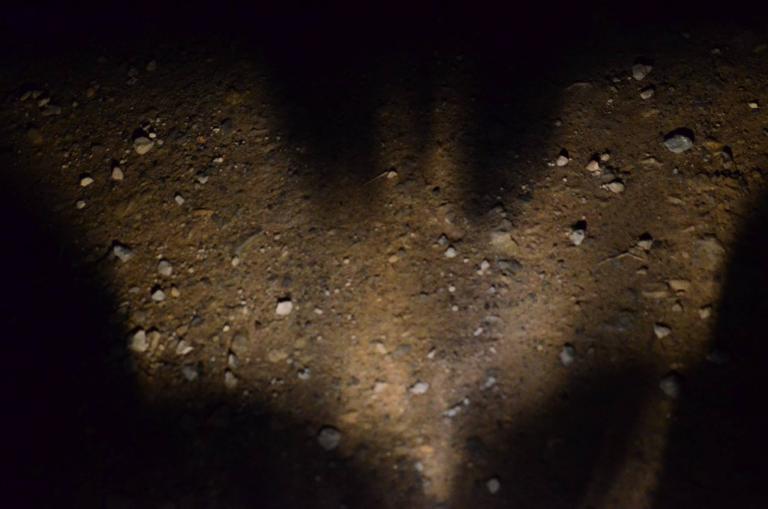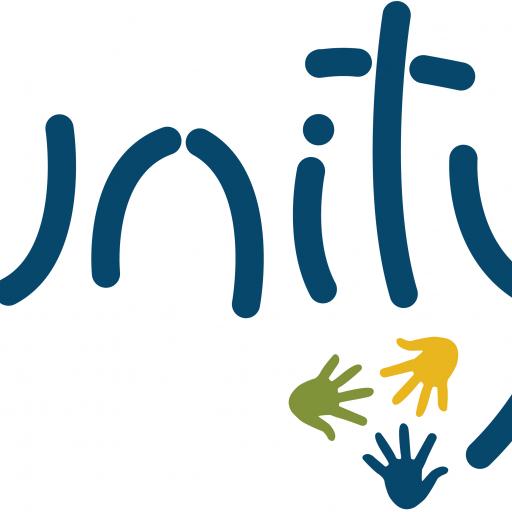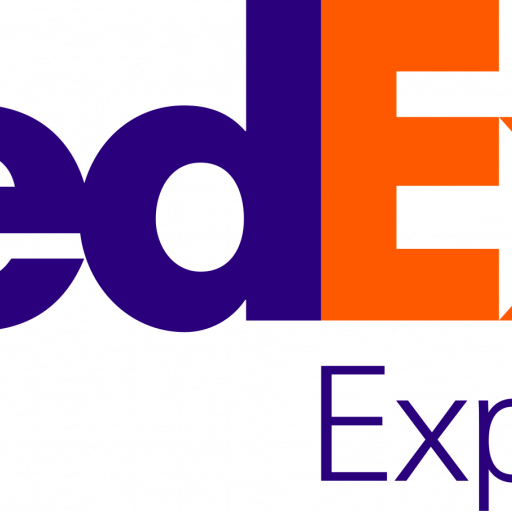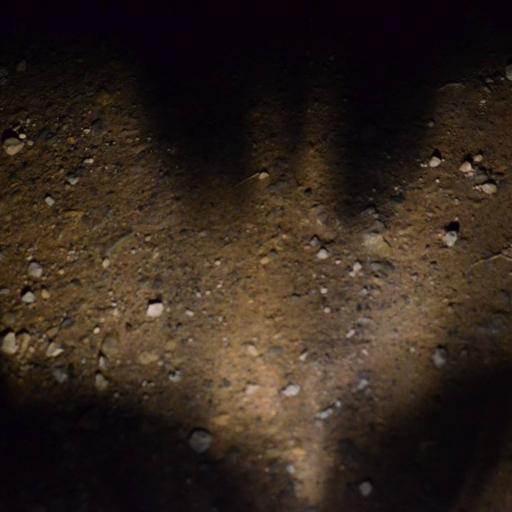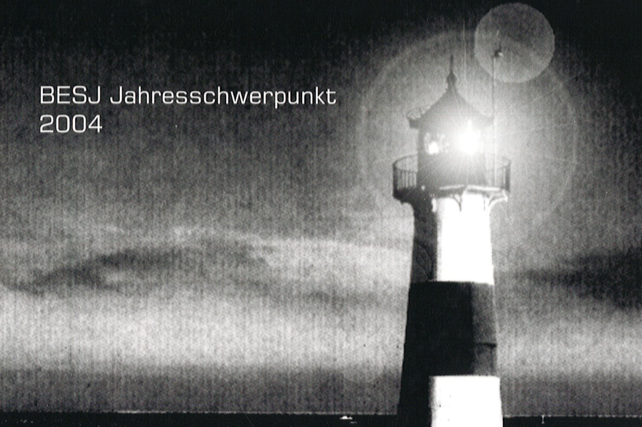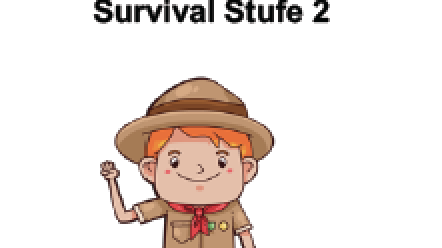I wanted to tackle the meaning of the cross with our church youth group, aged 12+, who are predominently not church-going children.
Below is an outline for a talk which worked really well for us as the framework for an evening around a campfire - taking the group through from an easy introduction to symbols and logos through to a biblical presentation of the meaning of the cross.
We finished the evening with a challenge to the children; to make them think more carefully about the cross and what it means to them. You may want to change this to better suit the type of group you have, and where they are on their spiritual journeys.
Introduction - A Word Association Game
Begin with a simple and interactive word association game:
- Write a list of well-known brands and logos
- Shout out each brand in turn and get the children to shout back the first word that springs to mind
Examples:
- I shouted 'Nike'
- The children responded with words including: sport, shoes, trainers, tick, running
- I shouted 'Coca Cola'
- The children responded with words including: red, Father Christmas, drink, bad for you, yummy!
You can run this game for as long as is appropriate - I think we managed about 10 minutes, with time to pause and discuss some of the responses the children had shouted.
Respond
Talk to the children about the nature of logos and brands - here are some bullet points to help:
- We are bombarded by logos, brands and advertising all day
- The symbols and logos we see carry more meaning than just the shape or word they picture - hence the range of responses we discussed in the word association game
- Logos can carry a lot of meaning - they are well thought-out to represent their company in the best possible way
At this point we were able to talk about our youth group logo, pictured below, which incorporates a cross, a person looking at the cross, and the whale bones (a local landmark in our town):
Hidden Meaning in Logos
To develop this idea further I had a few well-known logos printed on a piece of paper and challenged the childrent to point out the hidden meaning or element in each design:
- FedEx - there is a white arrow pointing to the right between the E and the X, giving the idea of movement and progression
- Tour de France - there is a cyclist made up from the letter R in Tour, a yellow circle and the O in Tour
- Amazon - the curve under the letters is between A and Z (highlighting that they sell everything) and is also shaped like a smile, so it's friendly
- Toblerone - many people do no notice the bear stood in front of the mountain
You may want to choose different logos, but try and pick ones which will have hidden meanings or elements most people do not see initially.
Superhero Logos
Next we discussed superhero logos. I had 3 on a sheet:
- Superman
- Spiderman
- X-Men
We talked about what they represent:
- Power, safety, super powers etc.
I then explained that my favourite superhero is Batman. This is because he's just an ordinary human - no special powers. He had access to lots of cool gadgets and technology because of his father's business but at the end of the day he was just an ordinary person trying to do good - just like we should.
I built a Bat Signal light out of a very large torch and a 'lens' with a bat shape cut out. I'll try and write this up in another article, but here are a couple of pictures to show the effect:
The Cross
I finished by showing an image of the cross.
I asked the group to share some words which they felt the cross represented - just like we did with the first activity. The kinds of words which they shared included:
- Death
- Pain
- Punishment
- Resurrection
- New Life
- Hope
- Forgiveness
- Jesus
- Christianity
I then shared 1 Corinthians 1:18:
‘For the message of the cross is foolishness to those who are perishing, but to us who are being saved it is the power of God.’
I then spoke about the meaning of the cross, here are some bullet points to help you structure what you might say:
- The cross is a symbol of death in general, of Jesus’ death or just a symbol of peace to those who don’t believe in God
- To those who are being saved - who have trusted God with their lives and are ‘being saved’ it represents the power of God
- It shoes he power of God to save his people from their sins
- It shows the power of God to send Jesus, his only son, to his death
- It shows the power of God to raise Jesus from the dead - which is why the Christian cross is empty, to show Jesus is alive
- The cross is the symbol of Christianity, because it is the only way to a relationship with God
I then shared a few verses from Romans:
- Romans tells us all have sinned
- That the wages of sin is death
- But while we were still sinners Christ died for us (on the cross)
- And whoever calls on the name of the Lord shall be saved
And we finished with some thoughts about why the cross is the most important symbol, sign or logo that exists:
- The cross is the most important symbol in the world. It tells us everything we need to know about ourselves, about God, about how much he loves us and what lengths he went to to save us from the punishment we deserve for our sin
Conclusion
This structure worked really well with our small group. We had 8 children, though I'm confident it would work with a group of any size, provided they could all see the logos you're talking about and had the chance to respond to the questions.
Please use the comments to ask any questions or make suggestions which could improve this talk - I expect there are many suggestions more experienced leaders could offer!
My prayer is that this is a thought-provoking talk which will get the children seriously thinking about the cross, and what it means to them personally.
Is it just a symbol of Christianity, or does it have a much deeper meaning which should affect them and make them consider their relationship with God?
Content may be automatically translated. Help improve the quality of the translation with your editing!

